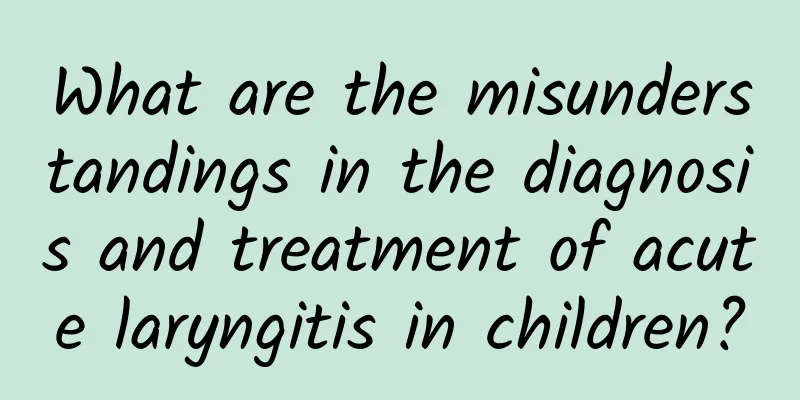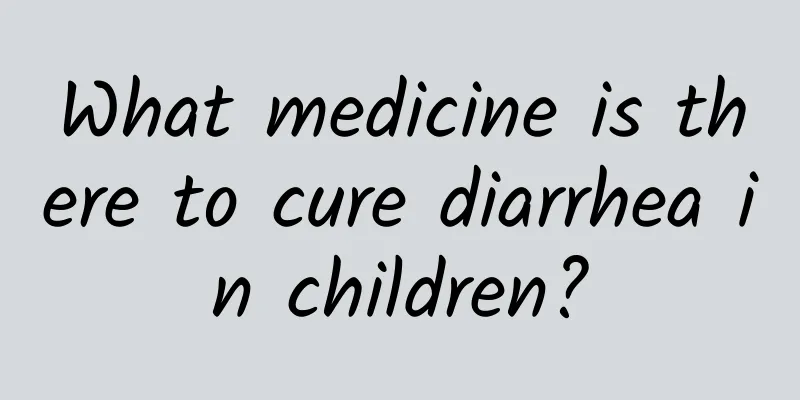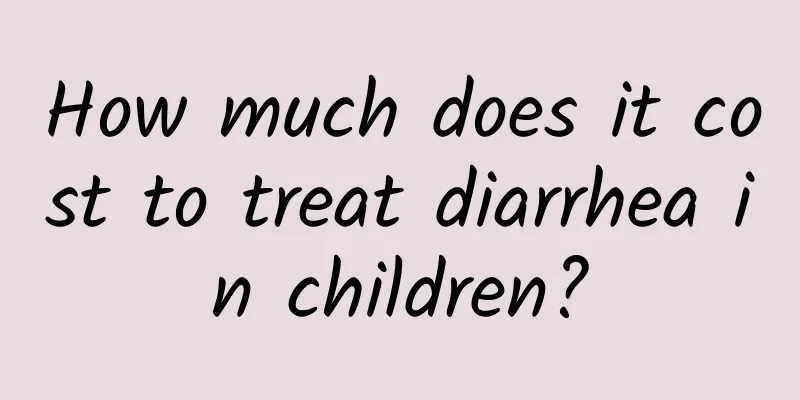Does a hernia in a child require surgery?

|
Whether a child's hernia requires surgery depends on the type and severity of the hernia, but in most cases, especially for inguinal hernias, surgery is the only effective treatment because hernias will not heal on their own and delaying treatment may lead to serious complications. Parents should take their children to the doctor as soon as possible and have a professional doctor evaluate the condition and treatment plan. 1 Causes of hernia in children: Hernias in children are usually caused by incomplete closure or developmental defects of the abdominal wall muscle tissue. During the fetal period, certain passages in the groin should close naturally as they develop after birth. If these passages are not closed, tissues in the abdominal cavity, such as the intestines or other organs, may protrude and form a hernia. Premature babies or low birth weight babies are more likely to develop because their abdominal wall muscles may be weakly developed. Repeated coughing, straining during bowel movements, etc. may also increase the risk of hernia. 2Why surgery is the first choice: The protruding part of the hernia may temporarily return to the body cavity, which is called "reducible hernia". However, once "incarceration" or "strangulation" occurs, that is, the protruding part is stuck and cannot return to the body cavity, it will not only cause severe pain, but may also lead to life-threatening complications such as intestinal ischemia and necrosis. Surgery is currently the safest and most effective way to treat pediatric hernia. Surgery can completely solve the hernia problem and avoid recurrence or complications. 3 Methods of hernia surgery in children: Hernia surgery usually involves high ligation of the hernial sac, which is a minimally invasive and routine procedure. Surgical methods include: Open surgery: The hernia sac is repositioned and ligated through a small incision. It is suitable for most children. Laparoscopic surgery: A camera and surgical instruments are inserted through tiny incisions. This is more suitable for children with bilateral hernias or those who need to explore both sides at the same time. Robot-assisted surgery: Some specialized hospitals also offer this method, which is more precise but requires higher equipment and costs. 4. Postoperative care and precautions: After the operation, parents should pay attention to the child's activities not being too strenuous and avoid behaviors that increase intra-abdominal pressure, such as crying loudly or coughing violently. At the same time, the surgical site should be kept clean and dry to prevent infection and follow-up visits should be scheduled. Surgery is a reliable way to cure hernia in children. Parents do not need to worry too much about the risks of surgery, because under the protection of professional anesthesia and surgical teams, this type of surgery is mature and safe. If a child is found to have a mass in the groin or abdomen, he or she should be taken to the hospital for examination as soon as possible to avoid missing the best time for treatment and to ensure the healthy growth of the child. |
<<: What are the hazards and side effects of neonatal jaundice?
Recommend
How to improve thinning hair for girls
Girls with thin hair can improve the problem of t...
What are the symptoms of calcium deficiency in infants? Pay more attention to these 6 symptoms
Babies grow fast and have a greater need for nutr...
How to rule out symptoms of Kawasaki disease?
Kawasaki disease is an inflammatory disease of bl...
What are the symptoms of physiological jaundice in newborns? 3 symptoms of physiological jaundice in infants revealed
Neonatal jaundice is mainly divided into two type...
Causes of elevated glutamyl transpeptidase in neonatal jaundice
Neonatal jaundice with elevated glutamyl transpep...
Is jaundice hepatitis hereditary?
Hepatitis jaundice is not usually directly inheri...
What causes neonatal jaundice?
Neonatal jaundice is mainly caused by abnormal bi...
What should children eat to cure cough? How to treat children's cough with diet
Coughing is a very painful thing, and the course ...
Laparoscopic treatment of hernia in children
Oblique inguinal hernia in children is one of the...
How to treat acute laryngitis in children
Acute laryngitis in children requires immediate m...
What should I do if my three-year-old child has a cough and phlegm? What are the causes of a three-year-old child's cough and phlegm?
If a three-year-old child coughs up phlegm, the f...
Treatment of acute mumps
Treatment of acute mumps: 1. Correct dehydration ...
Is massage effective in relieving baby's indigestion? What are the hazards of indigestion?
Indigestion in children is mainly manifested by p...
How to treat cough caused by allergic rhinitis in children
When children have allergic rhinitis and cough, t...
Best treatment for eczema in a 4-year-old child
There are many factors that cause pediatric eczem...









